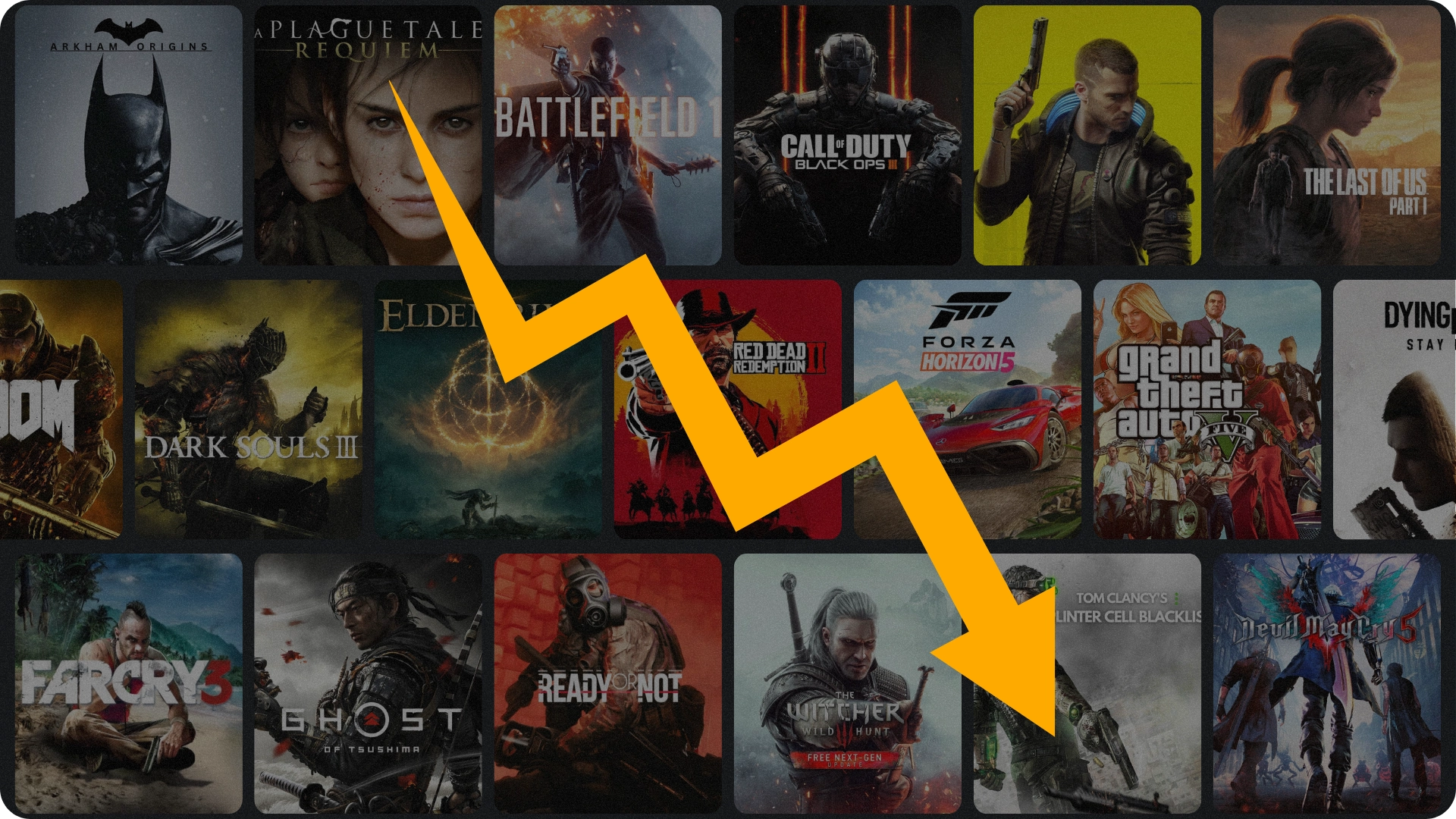It is possible that the level of video games has witnessed some decline in certain aspects, such as innovation or quality in some games, due to companies focusing more on releasing quick commercial games to satisfy a large fan base or achieve profits quickly. However, at the same time, there are games that stand out with creativity and high quality, whether in terms of story, graphics, or gameplay. These games show that there is always room for creativity in the video game industry.
The technological evolution in virtual reality, artificial intelligence, and graphics technology continues to significantly improve the gaming experience. It cannot be said in general that the level of games is in decline; rather, it is changing to keep pace with advanced technologies and market needs.
Video Game Level: Between Innovation and Commercial Challenges
Video games have long been an integral part of global entertainment culture, influencing our daily lives and making interaction with technology an exciting experience. Over the years, the gaming industry has seen significant evolution in terms of graphics, stories, and gameplay mechanics. However, in recent years, questions have arisen about the level of video games: Is this field in decline, or is there a natural shift in playing styles and experiences? In this article, we will explore various aspects that contribute to answering this question.
Innovation in Video Games: Is It Still Present?
One aspect that may indicate a potential decline in the gaming industry is the lack of innovation in some modern games. With increasing focus on profitability and expanding into new markets, we've started to notice that some newly released games lack innovative elements. Instead of offering new experiences, some companies may focus on replicating successful ideas for quick profits, such as "battle royale" games or games that rely on "microtransactions" (in-game purchases).
However, it cannot be denied that many games continue to innovate and offer unique experiences. For example, games like "The Last of Us Part II", "Hades", and "Cyberpunk 2077", despite some issues they faced, showed significant progress in storytelling, graphics, and gameplay innovation. These games provide unconventional experiences, focusing on deep character and story development, allowing players to immerse themselves in entirely new worlds.
Commercial Challenges: Do They Affect Quality?
The video game industry today is moving rapidly towards a high-commercial direction, with major companies dominating the market by releasing massive, expensive games. Often, these companies find themselves needing to meet the demands of investors and large audiences, which can sometimes impact creativity and quality.
Releasing "part twos" or "seasonal updates" has become common, and they are often continuations of commercially successful games. This type of game may face a dilemma in terms of innovation, as the main goal is to meet the expectations of players and companies rather than offering an entirely new experience.
However, we can observe that significant investments are still being made in the development of games that excel in every aspect. For example, we can look at games like "Red Dead Redemption 2", which offered an immersive experience blending an open-world setting with a rich dramatic story, proving that the industry is still capable of producing distinctive experiences.
Modern Technologies: Continuous Evolution in the Gaming World
We cannot talk about video games without mentioning the impact of technological development. Today, games are becoming more advanced thanks to new technologies such as virtual reality (VR), artificial intelligence (AI), and 3D graphics technologies. These technologies give games a level of realism that was previously unimaginable.
For example, virtual reality games like "Half-Life Alyx" provide an unprecedented gaming experience thanks to advanced VR technologies, allowing players to interact with the environment in ways never before possible. Additionally, artificial intelligence and adaptive systems work to improve the behaviors of enemies and allies in games, enhancing the interactive experience.
Future Trends: What Does the Future Hold?
The future of video games looks bright thanks to the continuous innovations in technologies. There are still many areas for improvement and development in games in terms of interaction, story, and overall experience. Additionally, with the increasing reliance on cloud gaming platforms like Google Stadia and Xbox Cloud Gaming, we may witness a shift in how players access games, reducing the need for advanced hardware.
Moreover, we may see an increase in integrating games with other technologies such as generative AI or machine learning to create interactive and dynamic worlds that can evolve and change continuously. This type of gaming may provide an unprecedented experience in the ability to interact with characters and worlds within the game.
Conclusion
While it may seem that there is a decline in some aspects of the video game industry due to a heavy focus on commercial factors, innovation is still alive in many games that offer unique and unforgettable experiences. Furthermore, the continuous technological advancements and the use of VR and AI open up new horizons for this industry. In the end, we can say that the level of video games is not in decline but is undergoing a continuous transformation that aligns with technological advancements and player needs, paving the way for a promising future for video games in the next decade.
Leave a comment
Your email address will not be published. Required fields are marked *

